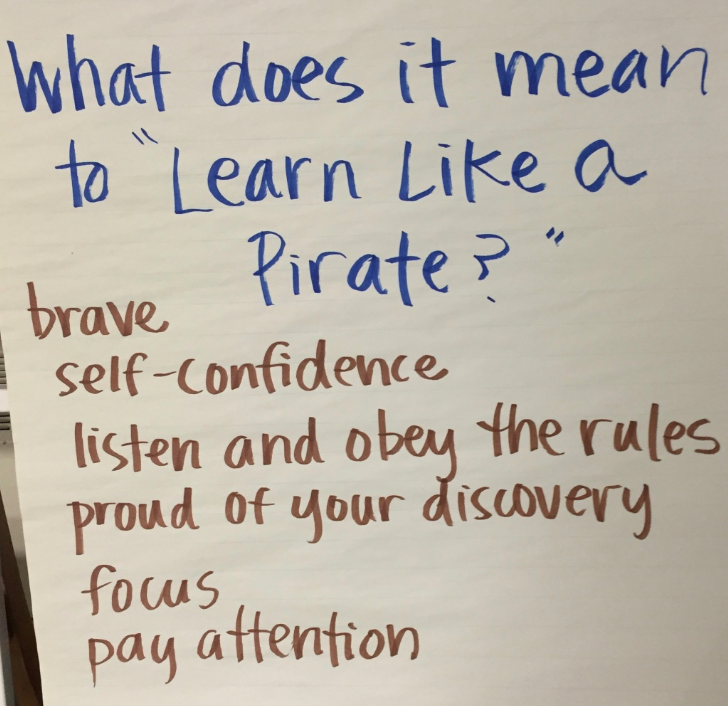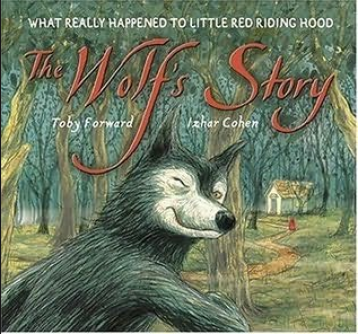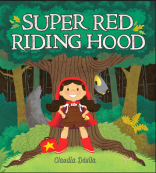It’s been almost a year. March 13, 2020. That was the last day we were at school before COVID-19 ROCKED our worlds–inside and outside of school. Eventually we did get back into school, but not until almost 250 days later in October, 2020. And over that time we were on our virtual learning journey, teachers like me worked soooo hard to figure out a way to try to make our online classroom a rigorous, engaging and welcoming place for kids to be. It was NOT the same as being at school in-person, but we did (and still are doing!!) what we could.
One way we pivoted (ha! I wondered how long it would be til I used that word!) to teaching virtually was to begin making videos of our curriculum content. It’s not rocket science by any means, but it definitely had a learning curve from how we had done them pre-COVID, partly because we started using a new tool in Screencast-o-Matic. Now that I know how to use it, I LOVE how it has impacted both my teaching and my kiddos’ learning.
- Recording lessons allows me to post content for kiddos so they can revisit the topic. Sometimes you just need to hear something more than once for it to “stick.” This is as true for adults as it is for kids! Especially when we were home doing virtual learning full-time, there were times when kiddos couldn’t be there for the lesson when it was “live.” Sometimes they were there, but it was hard to understand because of being on Zoom or because of distractions in the background–or for any of the countless other reasons people have a hard time listening. :). Since I had recorded the lesson ahead of time (and was then playing it during my mini-lesson time), kiddos could easily access it via our Schoology page and rewatch it. 2 or 3 times if need be! Then they can get on with whatever the follow up activity is.
- Recording lessons allows for my team to share the load. One of the BEST things we discovered during our virtual learning so far, is that it is A LOT for one person to do on their own. Differently than during in-person school, virtual learning has another level of difficulty–partly just because it’s new for everyone! I know we can all agree that teachers can do everything (well, almost everything LOL), but of course pandemic teaching was a whole new kind of hard. As a means to make sure we were taking care of ourselves and giving our students what they needed, our 2nd grade team divided up the work and everyone took a subject. We planned out the goals and objectives and which lessons and all of that, and then teachers focused on making “their” subject accessible to their students and the rest of the grade.
- Teaching through videos and sharing the load allowed kiddos access to ALL of the 2nd grade teachers. This was great because it gave our kiddos a teeny sense of “regular” school normalcy. In those long-ago, before-COVID times, our team did many things together and “shared” kids for experiences and group learning. This was especially helpful as we tried to differentiate and address specific student need. Welp, it was all gone once this stupid virus started messing everything up and it was obvious that kiddos were missing it. By using videos that other teachers had made during my mini-lessons–and then stopping along the way to explain or discuss as a class together–our 2nd graders still felt a little connection to their “other” teachers, even if they weren’t really there in person. Additionally, I think it’s a benefit for kiddos to hear how other teachers teach things. Just like how hearing something more than once often makes a topic “stickier,” hearing it from someone else’s mouth can be the thing that makes that concept finally understandable. Everyone has their own set of strengths and talents and I LOVE that we can spread the wealth and take advantage of what we all do best. :). Even though we’re in-person again, we’ve continued this because it worked so well!
- Videos allow me to focus on making a mini-lesson ACTUALLY mini! I know I cannot be the only one who sometimes teaches mini-lessons that go longer than they want them to. Yeah, maxi-lessons. Or I-was-on-a-roll-and-should-have-stopped-talking-15-minutes-ago lessons. It’s not just me, right? Well…since I am recording my lesson, AND since I know that other kids and other teachers are going to have to use my lesson, it somehow forces me to make sure that I am more on point. Accountability maybe? Focus on a sense of clarity? Something about making something for someone else helps me not to ramble. Ok, at least not ramble as long as usual.
- Recording videos helps me reflect on my own teaching. After the teaching/recording part of the lesson comes the editing part. Besides being about to take out dead air and ums and mistakes I made, it also allows me to see what I actually look and sound like to a kid when I’m presenting something. I have to admit, when I first started doing this I was surprised by how it didn’t always turn out the way I intended. Alternatively, though, sometimes it turns out even better and I’ll hear myself say something that I KNOW is going to hit kids them in a way that will really be impactful. And because it’s recorded and I have the luxury of seeing what happened, I can respond appropriately based on what comes out in my first draft. In my opinion, this is one of the best things I can do as a teacher–figure out what I do well so I can do it again, and also figure out where I struggle so I can work on making that part of my lessons better.
- Using videos from other teachers gives me instant PD and helps me to see how other people do things. Besides watching yourself teach, some of the best professional development comes from watching someone else doing something really well. I LOVE to see how my colleagues explain things and which parts of a topic they choose to enhance or highlight. I often hear phrases or questions that I would never have thought to say, that I can later tweak to use in my own teaching later. Sometimes it is tone of voice, sometimes it’s how different teachers use visual pieces to reinforce what they’re saying, and sometimes it’s just learning about a new book or teaching tool I haven’t used, but I ALWAYS learn something when I see what my colleagues are doing. It’s definitely a win/win!
- Posting videos for kids helps parents to know what’s going on, too! I have no expectation that parents are watching the videos I post (they are for the kiddos after all), but if they want to, they are definitely welcome to! I know that parents can feel a little out-of-the-loop, since their kids spend all day here at school without them, and we have experiences and learning they don’t know about. By being able to see how it sounds when I teach it also helps parents help their kiddos if there are questions.
I know we are all feeling some COVID fatigue and are super tired of all the changes this past year has brought us. After it all, though, I do think there are some positive changes that we have had to make—-and changes that we will keep even after COVID is a distant memory.
What experience do you have with videos in your teaching? How have videos helped you grow? What struggles or hiccups have you run into? I’d love to hear more about others’ experiences with virtual learning and/or videos in teaching.
































































































